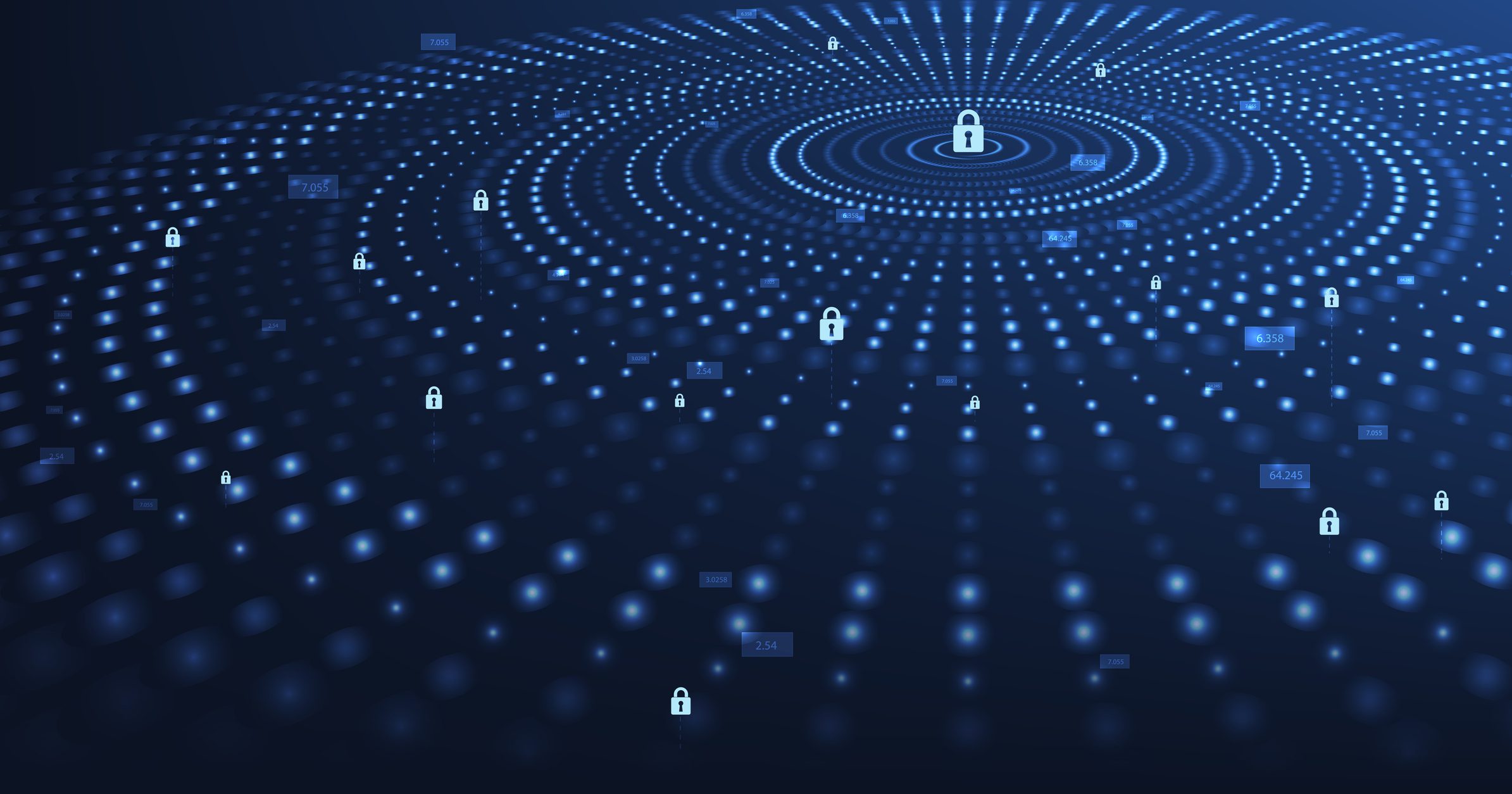California’s Countdown to Zero Trust—A Practical Path Through Radiant Logic
- Anders Askasen
- September 5, 2025
- Identity and Access Management
- 3 MIN READ

California has returned to the Zero-Trust front line. When Assemblymember Jacqui Irwin re-introduced the mandate this year as AB 869, she rewound the clock only far enough to give agencies a fighting chance: every executive-branch department must show a mature Zero-Trust architecture by June 1, 2026.
The bill sailed through the Assembly without a dissenting vote and now sits in the Senate Governmental Organization Committee with its first hearing queued for early July. Momentum looks strong: the measure already carries public endorsement from major players in the security space such as Okta, Palo Alto Networks, Microsoft, TechNet, Zscaler and a unanimous fiscal-committee green light.
The text itself is straightforward. It lifts the same three pillars that the White House spelled out in Executive Order 14028—multi factor authentication everywhere, enterprise-class endpoint detection and response and forensic-grade logging—and stamps a date on each pillar. Agencies that fail will be out of statutory compliance, but, as the committee’s analysis warns, the real price tag is the downtime, ransom and public-trust loss that follow a breach.
Why the Hardest Part Isn’t Technology
California has spent four years laying technical groundwork. The Cal-Secure roadmap already calls for continuous monitoring, identity lifecycle discipline and tight access controls. Yet progress has stalled because most departments still lack a single, authoritative view of who and what is touching their systems. Identity data lives in overlapping Active Directory forests, SaaS directories, HR databases and contractor spreadsheets. When job titles lag three weeks behind reality or an account persists after its owner leaves, even the best MFA prompt or EDR sensor can’t make an accurate determination.
Identity Data Fabric and the RadiantOne Platform
Radiant Logic solves the obstacle at its root. The platform connects to every identity store—on-prem, cloud, legacy or modern—then correlates, cleans and serves a real-time global profile for every person and device. That fabric becomes the single source of truth that each Zero-Trust control needs and consumes:
- MFA tokens draw fresh role and device attributes, so “adaptive” policies really do adapt.
- EDR and SIEM events carry one immutable user + device ID, letting analysts trace lateral movement in minutes instead of days.
- Log files share the same identifier, turning post-incident forensics into a straight line instead of a spider web.
The system’s built-in hygiene analytics spotlight dormant accounts, stale entitlements and toxic combinations—precisely the gaps auditors test when they judge “least-privilege” maturity.
A Concrete, 12-Month Playbook
- Map and connect every authoritative and shadow identity source to RadiantOne. No production system needs to stop; the platform operates as an overlay.
- Redirect authentication flows—IdPs, VPNs, ZTNA gateways—so their policy engines read from the new identity fabric. Legacy applications gain modern, attribute-driven authorization without code changes.
- Stream enriched context into existing EDR and SIEM pipelines. Alerts now include the who, what and where information that incident responders crave.
- Run hygiene dashboards to purge inactive or over-privileged accounts. The same reports double as proof of progress for the annual OIS maturity survey.
Teams that follow the sequence typically see two wins long before the statutory deadline, one being faster mean-time-to-detect during adversarial red-teaming exercises and, secondly, a dramatic cut in audit questions that start with, “How do you know…?”
Beyond Compliance
AB 869 may be the nudge, but the destination is bigger than a check box. When de facto identity is the new perimeter—and when that identity is always current, complete and trustworthy—California’s digital services stay open even on the worst cyber day. Radiant Logic provides the identity fabric that makes Zero-Trust controls smarter, cheaper and easier to prove.
The countdown ends June 1, 2026. The journey can start with a single connection to your first directory.
REFERENCES
https://cdt.ca.gov/wp-content/uploads/2021/10/Cybersecurity_Strategy_Plan_FINAL.pdf
https://calmatters.digitaldemocracy.org/bills/ca_202520260ab869
